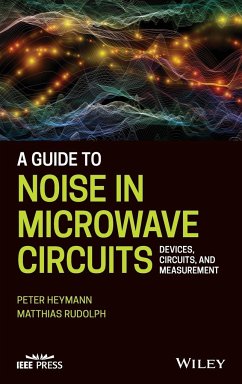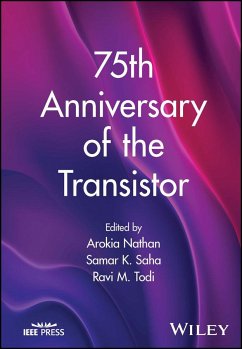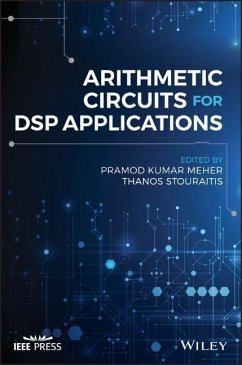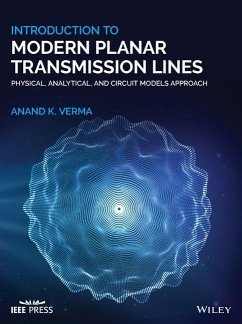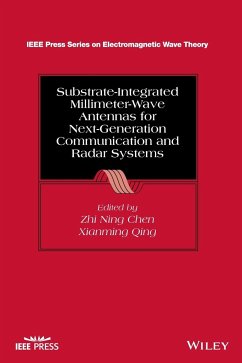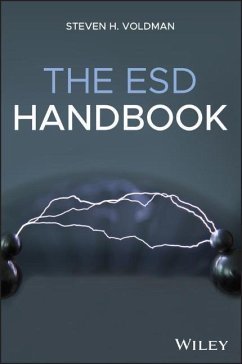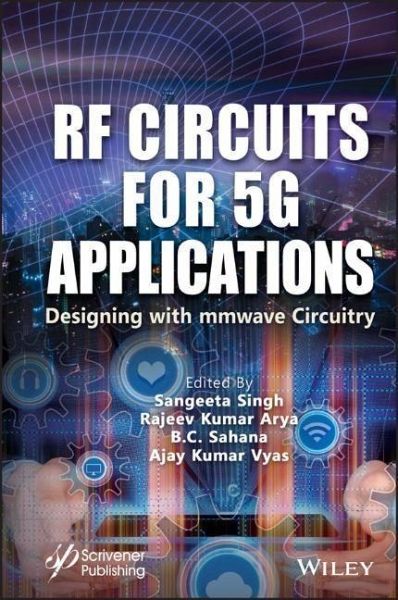
RF Circuits for 5g Applications
Designing with Mmwave Circuitry
Herausgegeben: Singh, Sangeeta; Arya, Rajeev Kumar; Sahana, B. C.; Vyas, Ajay Kumar
Versandkostenfrei!
Versandfertig in über 4 Wochen
171,99 €
inkl. MwSt.
Weitere Ausgaben:

PAYBACK Punkte
86 °P sammeln!
RF CIRCUITS FOR 5G APPLICATIONSThis book addresses FinFET-based analog IC designing for fifth generation (5G) communication networks and highlights the latest advances, problems, and challenges while presenting the latest research results in the field of mmwave integrated circuits designing.The wireless communication sector is experiencing exponential expansion, particularly in the areas of mobile data and the 5G mobile network, creating fresh market possibilities for designing the integrated circuits (ICs) needed in the industry. Drawing from scientific literature and practical realization, t...
RF CIRCUITS FOR 5G APPLICATIONS
This book addresses FinFET-based analog IC designing for fifth generation (5G) communication networks and highlights the latest advances, problems, and challenges while presenting the latest research results in the field of mmwave integrated circuits designing.
The wireless communication sector is experiencing exponential expansion, particularly in the areas of mobile data and the 5G mobile network, creating fresh market possibilities for designing the integrated circuits (ICs) needed in the industry. Drawing from scientific literature and practical realization, this book explores FinFET-based analog IC designing for 5G communication networks and considers the latest breakthroughs and obstacles. It also presents the recent research trends and future roadmaps for the 5G communication circuits.
RF Circuits for 5G Applications includes design guidelines to be considered when designing these circuits and detrimental scaling effects of the same. In addition, to enhance the usability of this book, the editors have included real-time problems in RFIC designing and case studies from experimental results, as well as clearly demarcated design guidelines for the 5G communication ICs designing.
Audience
The primary target audience includes researchers, postgraduate students, and industry professionals pursuing specializations in RF engineering, electronics engineering, electrical engineering, information, and communication technology.
This book addresses FinFET-based analog IC designing for fifth generation (5G) communication networks and highlights the latest advances, problems, and challenges while presenting the latest research results in the field of mmwave integrated circuits designing.
The wireless communication sector is experiencing exponential expansion, particularly in the areas of mobile data and the 5G mobile network, creating fresh market possibilities for designing the integrated circuits (ICs) needed in the industry. Drawing from scientific literature and practical realization, this book explores FinFET-based analog IC designing for 5G communication networks and considers the latest breakthroughs and obstacles. It also presents the recent research trends and future roadmaps for the 5G communication circuits.
RF Circuits for 5G Applications includes design guidelines to be considered when designing these circuits and detrimental scaling effects of the same. In addition, to enhance the usability of this book, the editors have included real-time problems in RFIC designing and case studies from experimental results, as well as clearly demarcated design guidelines for the 5G communication ICs designing.
Audience
The primary target audience includes researchers, postgraduate students, and industry professionals pursuing specializations in RF engineering, electronics engineering, electrical engineering, information, and communication technology.





